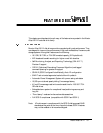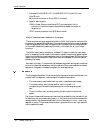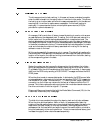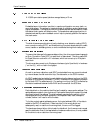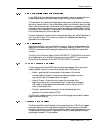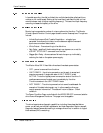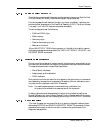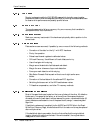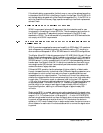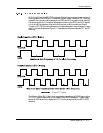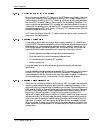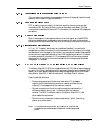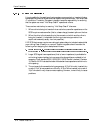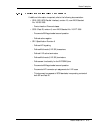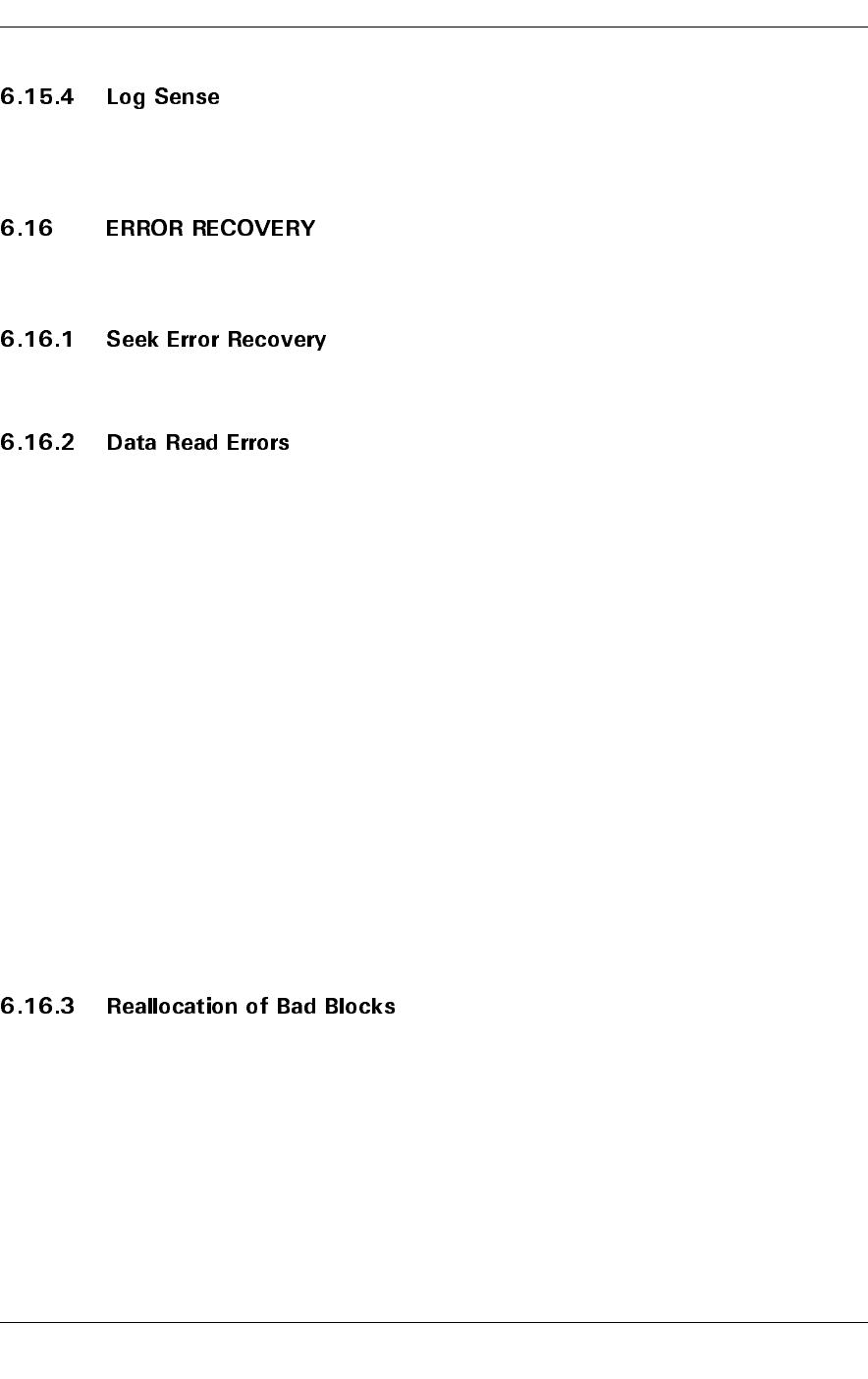
Feature Descriptions
6-8 Maxtor Atlas 10K III
Maxtor implements multiple LOG SENSE pages which logically group together
parameters related to disk and subsystem activities. Monitoring this data enables users
to observe drive performance and possibly predict failures.
The mode pages control all error recovery. Any error recovery that is enabled is
attempted without host intervention.
Seek error recovery is automatic if the hardware is physically able to position to the
correct track.
Data read errors are recovered, if possible, by one or more of the following methods:
• Correction of the data “on-the-fly” with ECC hardware.
• Re-try the operation.
• Reload read channel registers to calibrated values.
• Off-track Recovery. Use different off-track offsets and re-try.
• Use a fixed gain while retrying.
• Margin servo thresholds to facilitate seek and detent.
• Margin the error tolerance of sync mark detection.
• Force sync mark detection while retrying.
• Skip Sector Rereads. Retries, each without one of eight earlier servo
blocks.
• Correction of the bad data with the software ECC algorithm.
• Switching the bias current of the MR head between retries.
• TA baseline compensation, and other TA recovery methods.
Most of the spare blocks are located on the inner cylinders of the drive. All defective
blocks are in-line spared at the factory or at format time. Some spare blocks are
allocated at the end of each band, and are reserved for grown, revectored blocks. All
grown defects are reallocated to one of the spare blocks, using a “nearest neighbor”
algorithm.
If bad block replacement is enabled (via the AWRE and ARRE bits in the Read-
Write Error Recovery Page), blocks that are difficult to read or write may be replaced
after multiple retries.
If the bad block data is recoverable, the drive first verifies that the original block
location is bad with multiple write tests. If the write tests fail, the original data is
reassigned to a new location.




